Autos
Sedans that sizzle
Flashier looks, feistier engines enliven ’20 models
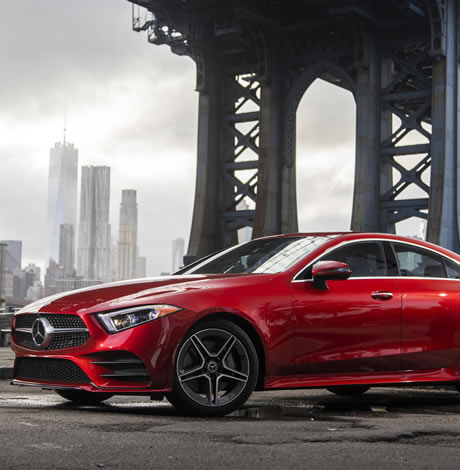
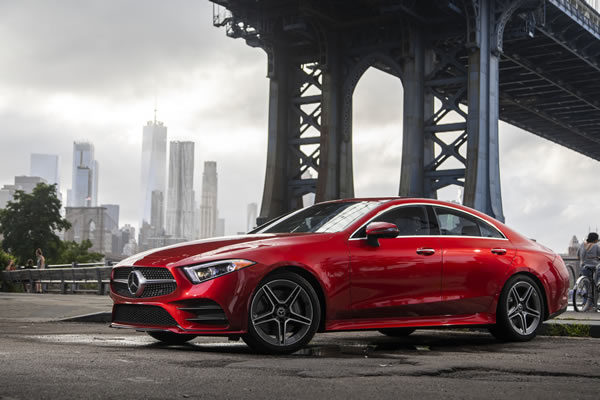
Now that crossover SUVs are all the rage, four-door sedans simply have to try harder. That means flashier looks, feistier engines and fantabulous features. Below are three of the finest sedans on the market today.
LEXUS ES 350 F-SPORT
$45,000
MPG: 22 city/31 highway
Zero-60 mph: 5.9 seconds
The Lexus ES, long the epitome of old-school cool, keeps nipping at the heels of Audi and BMW. This mid-size ride was restyled just last year, with a jazzy grille, jagged headlights and sexy tush that would make Billy Porter blush.
This isn’t your parents Lexus, and it shows — especially in the F-Sport version. While it has the same sturdy V6 as a base-model ES, the F-Sport boasts tighter steering and a huskier engine growl. Add in large 19-inch wheels, extra bolstering in the seats and a finely tuned suspension, and the result is a firm yet pleasant ride. Inside, a fluctuating wave pattern on the interior aluminum trim looks almost three-dimensional.
I fell in love with the large 12.3-inch display in the center dash, though the touchpad was too touchy at times to operate smoothly. The parking camera provides a nifty split screen, with rear-view image on one side and panoramic birds-eye view on the other. And while a base ES comes pretty loaded — LED headlights, simulated leather, 10-speaker stereo and more — the F-Sport includes other niceties, such as heated/ventilated seats and power-adjustable steering wheel. It’s been five years since I drove an ES virtually nonstop from Palm Beach to D.C. But even though I’m feeling (and showing) my age, this Lexus seems young and refreshing.
VOLVO S60 T6 AWD R-DESIGN
$48,000
MPG: 21 city/32 highway
Zero-60 mph: 5.3 seconds
The Volvo S60 T6 AWD R-Design. Yes, its’ a mouthful. And yes, the name of this particular vehicle sounds nerdy. But make no mistake, this is one sophisticated hot rod.
The design is lean and sinewy — a stretched hood, aggressive air dams and side panels as taut and chiseled as John Kasinski’s oblique muscles. The grille, window trim and mirror caps are all painted with a chic black-gloss finish. I forgot how much fun a true sport sedan can be until I slipped behind the wheel of this souped-up S60. Acceleration is swift, thanks to a clever four-cylinder engine that’s both supercharged and turbocharged.
There’s aluminum everywhere, which makes the S60 feel light and lively. Yet those large wheels and impeccable all-wheel-drive configuration help you hug the road. Inside, the seats are satisfyingly snug, and the cabin is as quiet as a sanctuary. The 9-inch vertical infotainment screen in the center of the dash mimics an iPad, allowing you to swipe left or right to access various functions. A separate horizontal screen is chock full of digital gauges for the driver. At $48,000, the S60 R-Design isn’t cheap (a base-model S60 is $12,000 less).
Toss in various option packages — a head-up display, heated rear seats, maybe even the premium Bowers and Wilkins stereo — and pricing jumps to almost $60,000. But this is still less than a comparable Audi, BMW or Mercedes. Now, if Volvo could only do something about that name.
MERCEDES CLS 450
$71,000
MPG: 23 city/30 highway
Zero-60 mph: 5.1 seconds
The Mercedes CLS 450 is a sport sedan on steroids. With Lexus-like comfort and the verve of a Volvo, the CLS 450 amps everything up: power, performance and panache. Launched some 15 years ago, the CLS was the first sedan marketed as a “four-door coupe.” A swooping roofline and low chassis help the CLS mimic the look, feel and handling of a coupe.
Yet there’s room for five passengers, as well as decent trunk space. But backseat headroom is tight. And beware bumping your head the first time you try to lower yourself into a CLS (I learned the hard way). But just when it seemed Mercedes focused too much on form over function, a quick press of the ignition button proved otherwise. This finely tuned machine roared to life, with different drive modes ramping up the exhaust growl.
The headlights immediately do a dance routine — rolling up, down and all around — before settling into a normal setting. A space-age cockpit is like something out of “Ad Astra,” with panoramic digital readouts stretching far across the dash. There’s also a choice of 64 interior colors for ambient lighting, with color-illuminated rings even on the air vents. And a built-in perfume system in the glovebox sends any scent you like wafting through the cabin.
Stressed out from choosing among so many amenities or from a long commute? A built-in exercise program can guide you through muscle-relaxation exercises as you drive. But you may not need it, considering the fast acceleration, precise braking and able steering that seems to anticipate your every move (even without the semiautonomous driving assistant feature turned on). This isn’t one of Mercedes’ high-performance AMG models, but it sure feels like one. And the CLS can cost as much: over $100,000, when you tack on assorted must-have options.
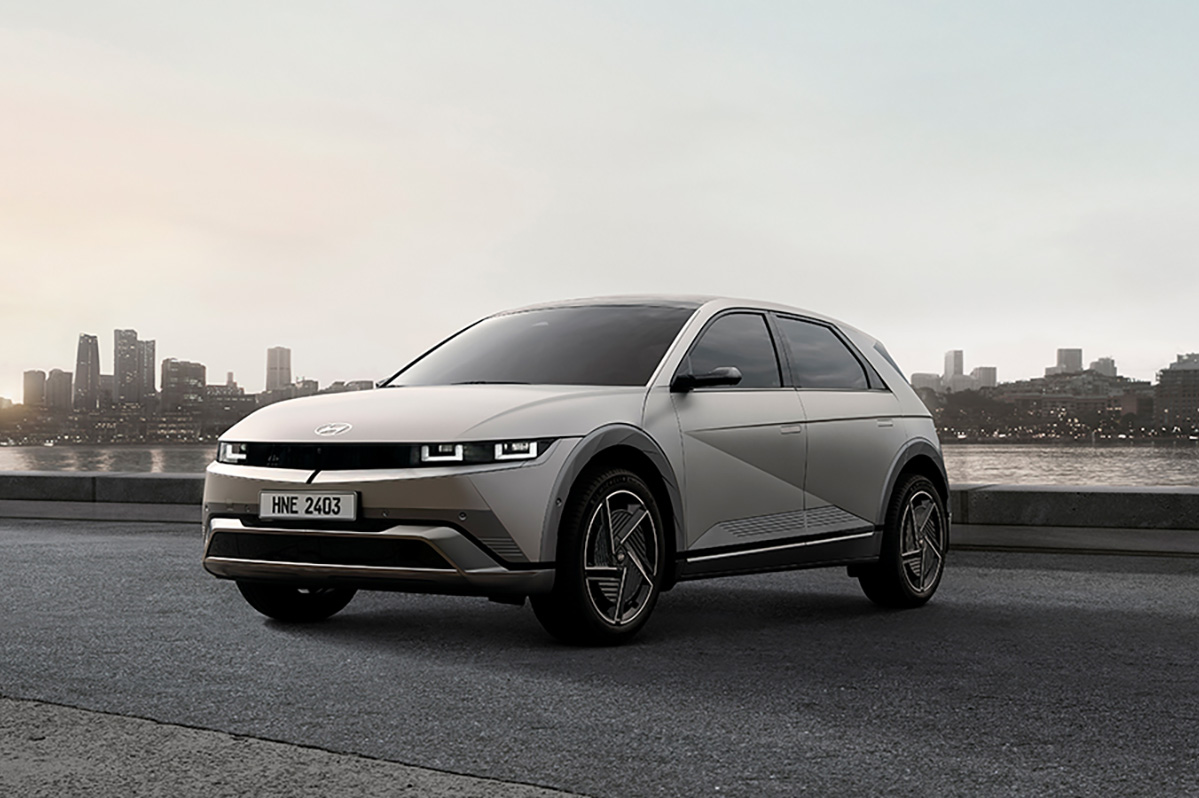
Electric-vehicle tax credits may have faded earlier this year, but EVs themselves are far from losing their spark. There are more charging stations than ever, battery ranges are longer and more realistic, and automakers have finally figured out that EVs don’t all need to look like geeky science projects or feel like failed beta tests.
Just look at these two compact electrics, which are futuristic, fun and flexible enough for work or play.
HYUNDAI IONIQ 5
$37,000 to $48,000
Range: 245 to 318 miles
0 to 60 mph: 4.5 to 7.4 seconds
Cargo space: 26.3 cu. ft.
PROS: Fast charging. Roomy cabin. Silky-smooth suspension.
CONS: Wide turning radius. Rear wiper not on all trims. Price creep.
After being introduced three years ago, what’s new for the latest Hyundai Ioniq 5? Mostly refinement. Charging is quicker, software is smarter and Hyundai continues to quietly listen to feedback, tweaking ride comfort and usability. Think of it as switching from messy eyeliner to a perfectly sharp wing.
Exterior styling remains one of this EV’s biggest conversation starters. Those pixel-inspired lights, crisp lines and slick hatchback-meets-crossover proportions exude refreshing confidence. There’s no trying to blend in, and that’s the point. Park this Hyundai anywhere and heads will turn.
On the road, the Ioniq 5 prioritizes calm over chaos. Steering is light, the suspension smooths out rough pavement and acceleration feels brisk without being aggressive. Safety tech is plentiful and well-calibrated—adaptive cruise control, lane-centering, blind-spot monitoring—all working together without seeming like a nervous backseat driver. IOW, this ride is supportive, not clingy.
Inside, the user-friendly cabin shines. The flat floor and long wheelbase create a lounge-like atmosphere, with excellent legroom and airy visibility. Seats are well-bolstered and available with eco-friendly materials, and the sliding center console adds flexibility. Cargo space is generous, and the wide windshield makes city driving stress-free. Alas, the rear wiper is only available on select models. Overall, though, I appreciated how everything looks modern without feeling cold.
What makes this Hyundai special is its vibe. An EV that embraces individuality without shouting about it.
Fun fact: The Ioniq’s ultra-fast charging can add hundreds of miles in under 20 minutes—perfect for those who hate waiting almost as much as they hate small talk on awkward first dates.
VOLKSWAGEN ID.4
$46,000 to $59,130
Range: 206 to 291 miles
0 to 60 mph: 4.4 to 7.7 seconds
Cargo space: 30.3 cu. ft.
PROS: Sure handling. Decent range. Good storage.
CONS: Body roll in curves. Fussy infotainment. No frunk.
The latest VW ID.4 focuses on polish. Software updates have fixed earlier frustrations, and overall drivability feels more cohesive. Less “learning curve” and more “hop in and go,” like a dependable bestie who doesn’t overthink things.
Styling-wise, this EV is intentionally inoffensive. Soft curves, friendly lighting and a familiar crossover shape make it approachable. While the ID.4 won’t turn heads like the Ioniq 5, that’s OK. It’s more akin to a classic outfit that always works—timeless, not trendy.
Driving the ID.4 is relaxed and predictable. This SUV prioritizes comfort over thrills, with a suspension tuned for daily commuting and long highway drives. Safety features are comprehensive and reassuring, including excellent lane assistance and collision-prevention systems. It’s the kind of car that quietly has your back, no drama required.
Inside, the ID.4 offers a calm, uncluttered cabin with good space for passengers and cargo alike. Rear-seat legroom is especially strong, making it a solid road-trip companion. The seats are plush, visibility is good and while the infotainment system isn’t the most intuitive, it’s improved enough to be more than tolerable.
The ID.4’s special sauce is balance. It doesn’t try to reinvent the wheel—it just electrifies it.
Fun fact: This is one of the most globally popular EVs, proving that sometimes being universally liked is a strength, not a personality flaw. Think, gold star gay who still surprises you.
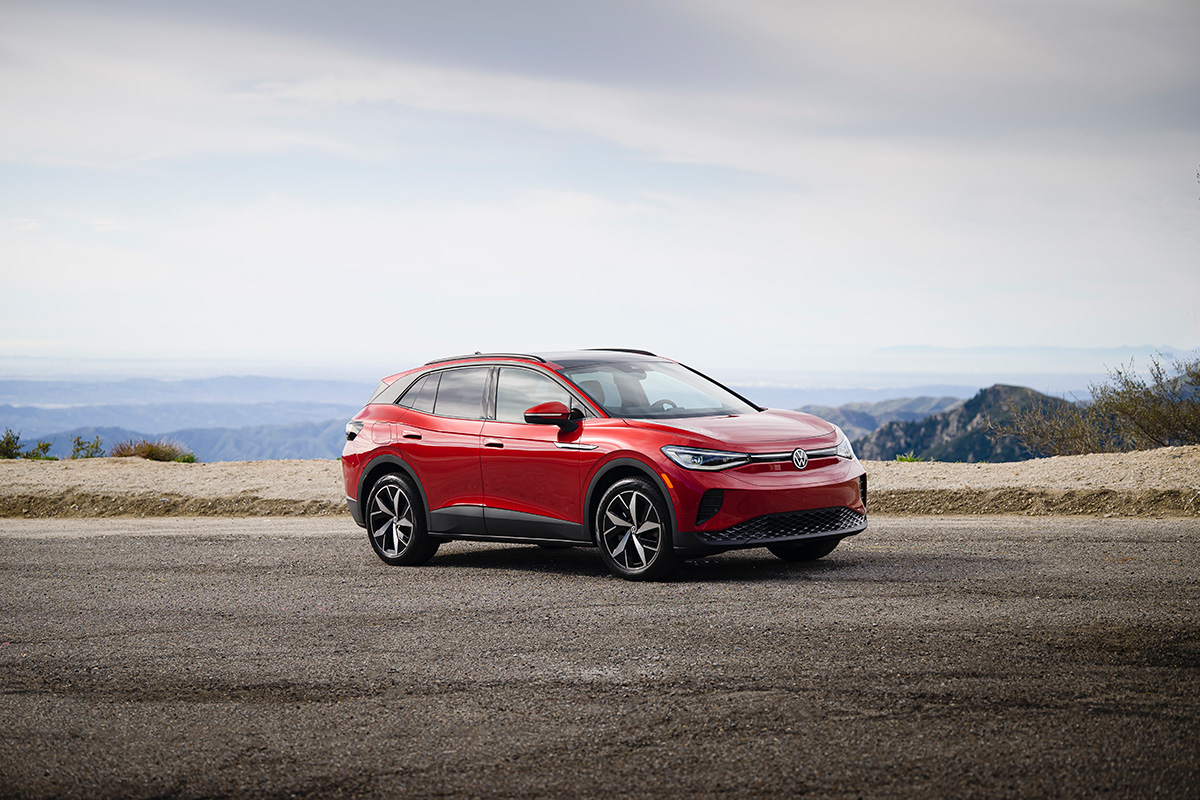
Autos
Revving up the holidays with auto-themed gifts
Lamps, mugs, headphones, and more for everyone on your list
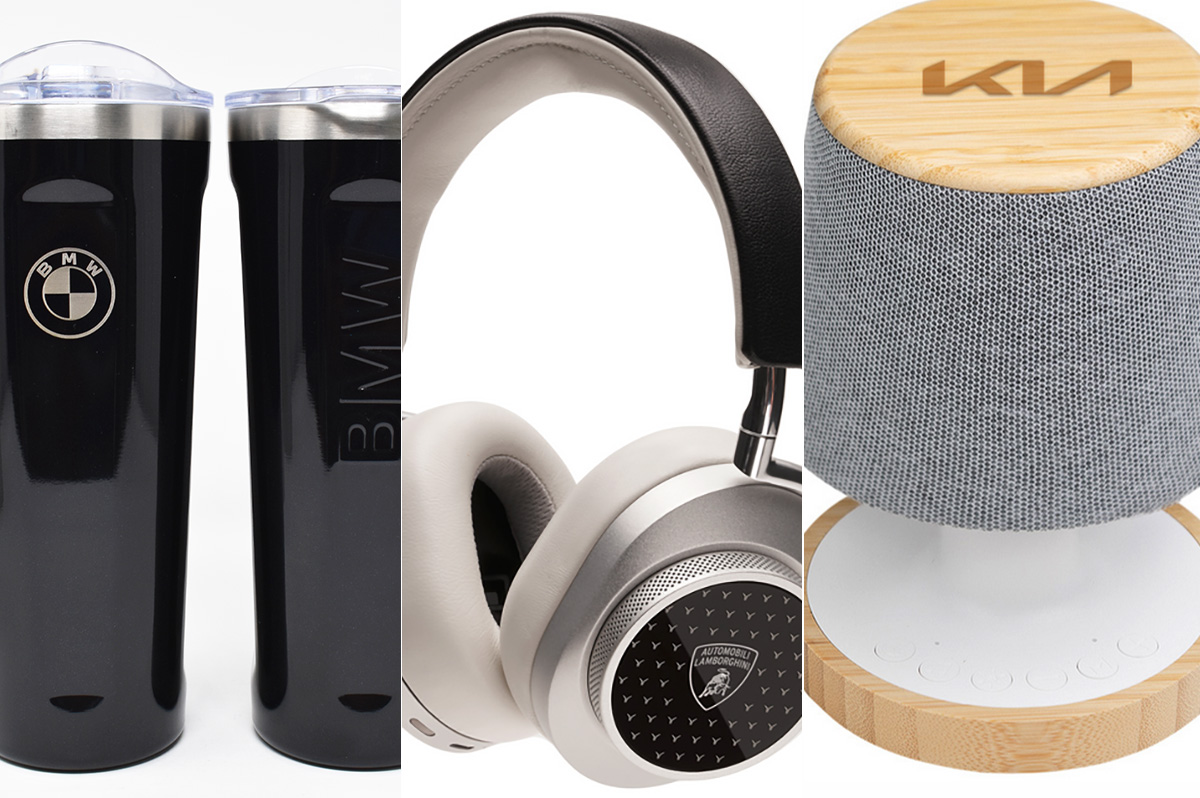
Here’s how to shift your holidays into high gear.
Bentley Bottle Stopper
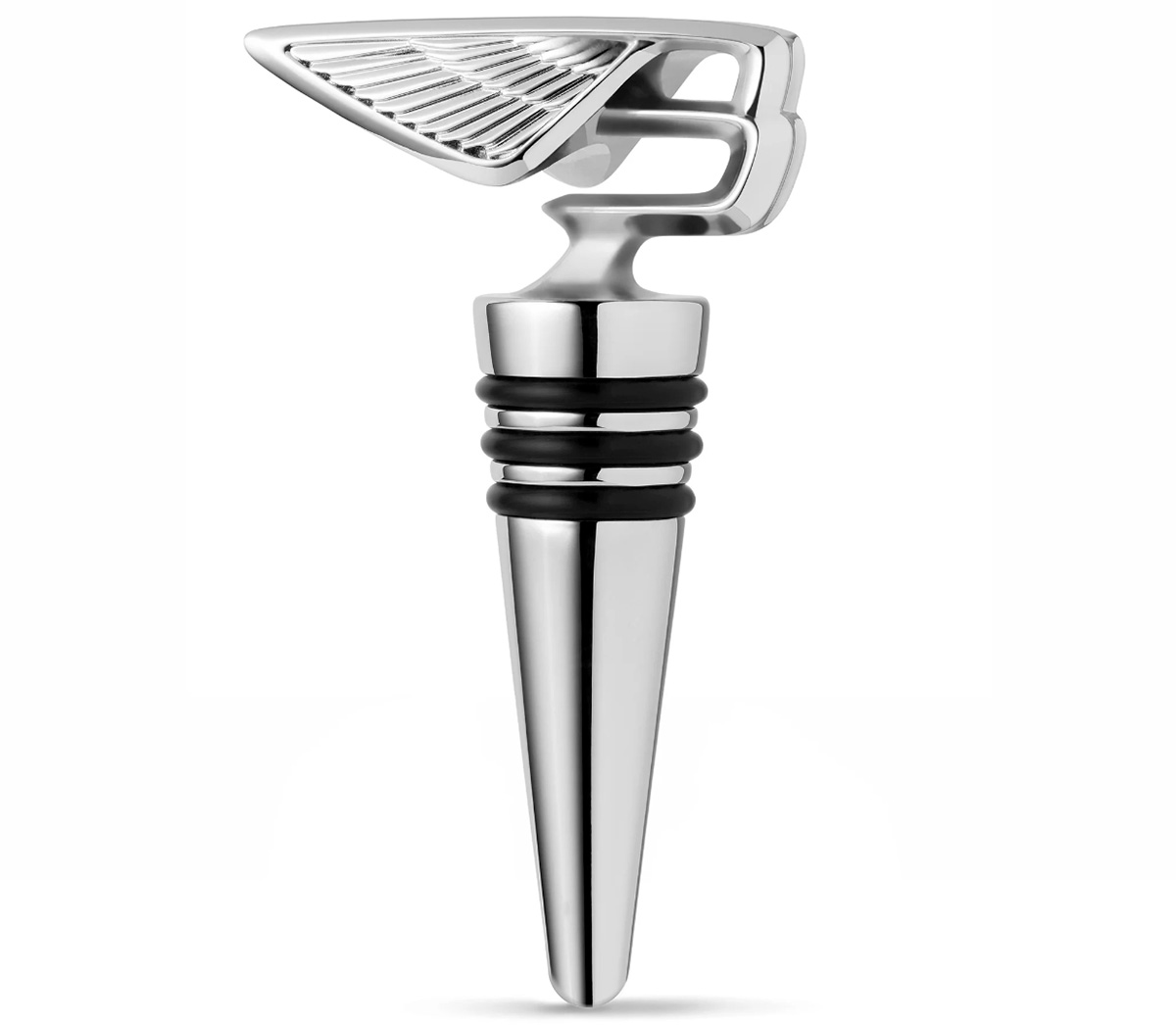
Pop your cork—in a good way—with a Bentley bottle stopper ($106), made of zinc alloy with chrome plating and rubber rings. The classy design is inspired by the automaker’s iconic “Flying B” mascot from 1930.
Subaru Motorsports Counter Stool
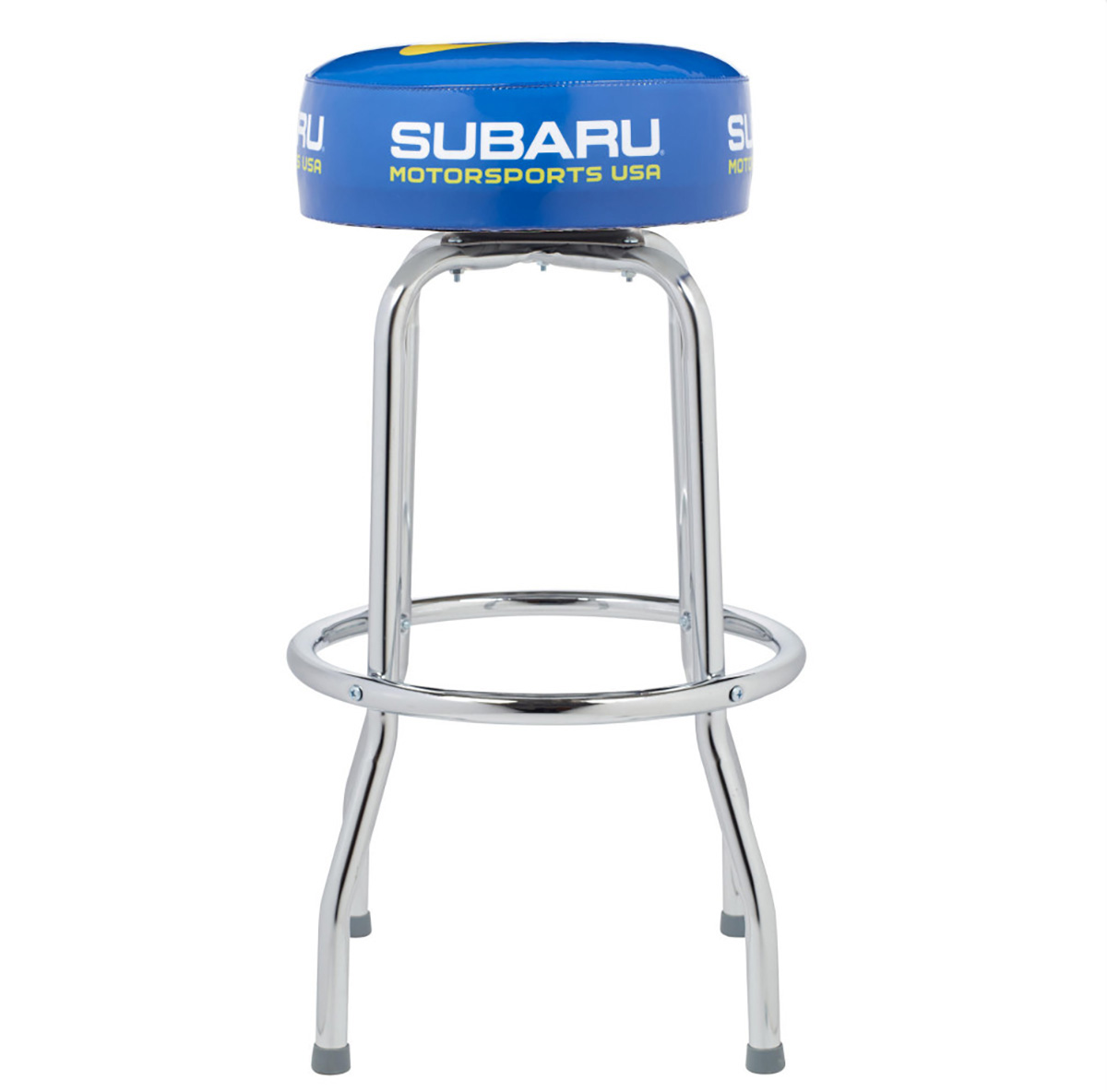
Belly up to the bar with the Subaru Motorsports Counter Stool ($175). The 30-inch-tall metal chair—with padded vinyl cover and automaker logo—is lightweight and swivels 360 degrees.
BMW Luxe Luggage
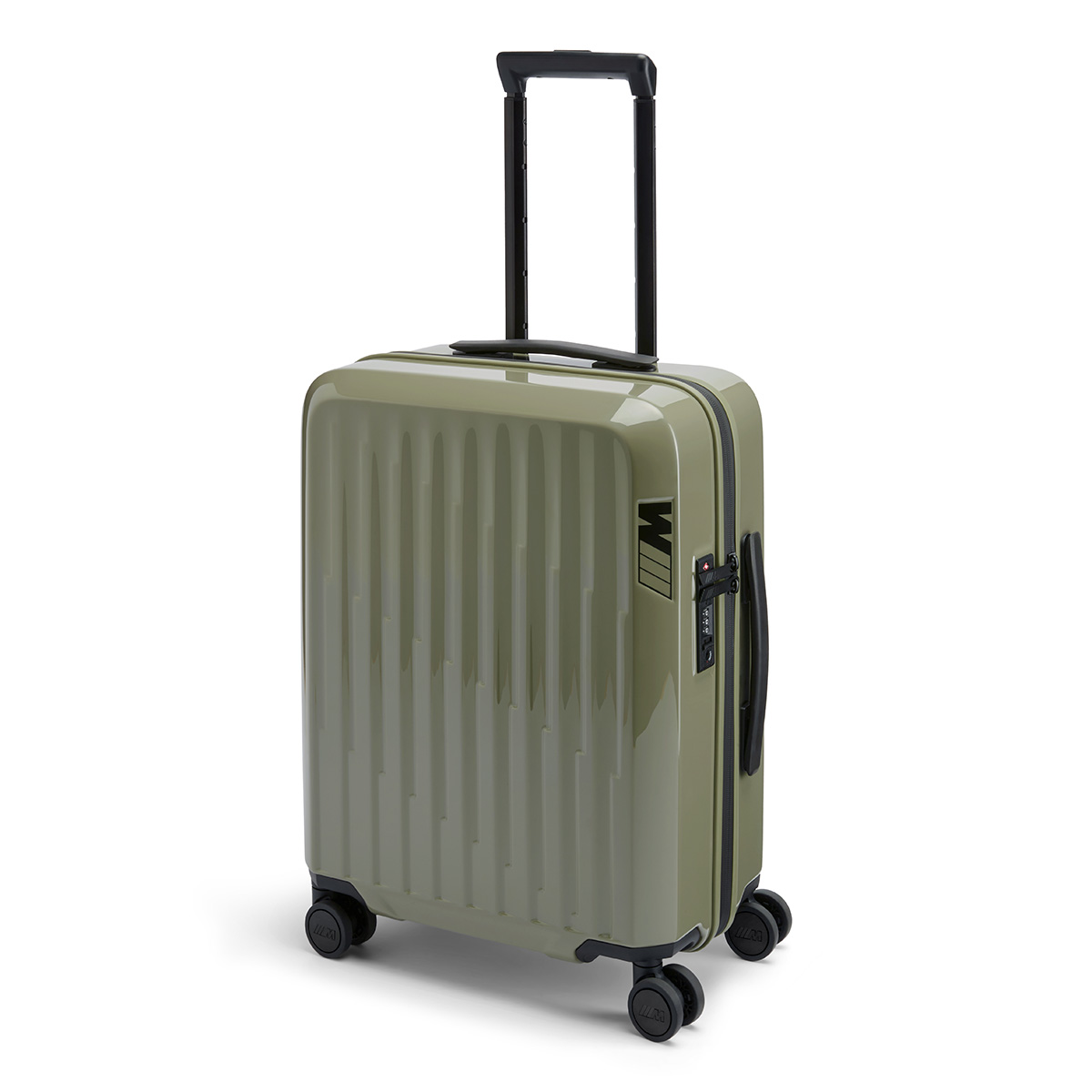
You won’t have trouble spotting this chic khaki-green BMW M Boardcase ($307) at airport baggage carousels. The high-performance “M” logo is etched on the durable polycarbonate casing, as well as on the main compartment zipper and all four of the sturdy double wheels. Comes with recycled lining, along with laundry and shoe bags.
Ford Yoga Gym Bag
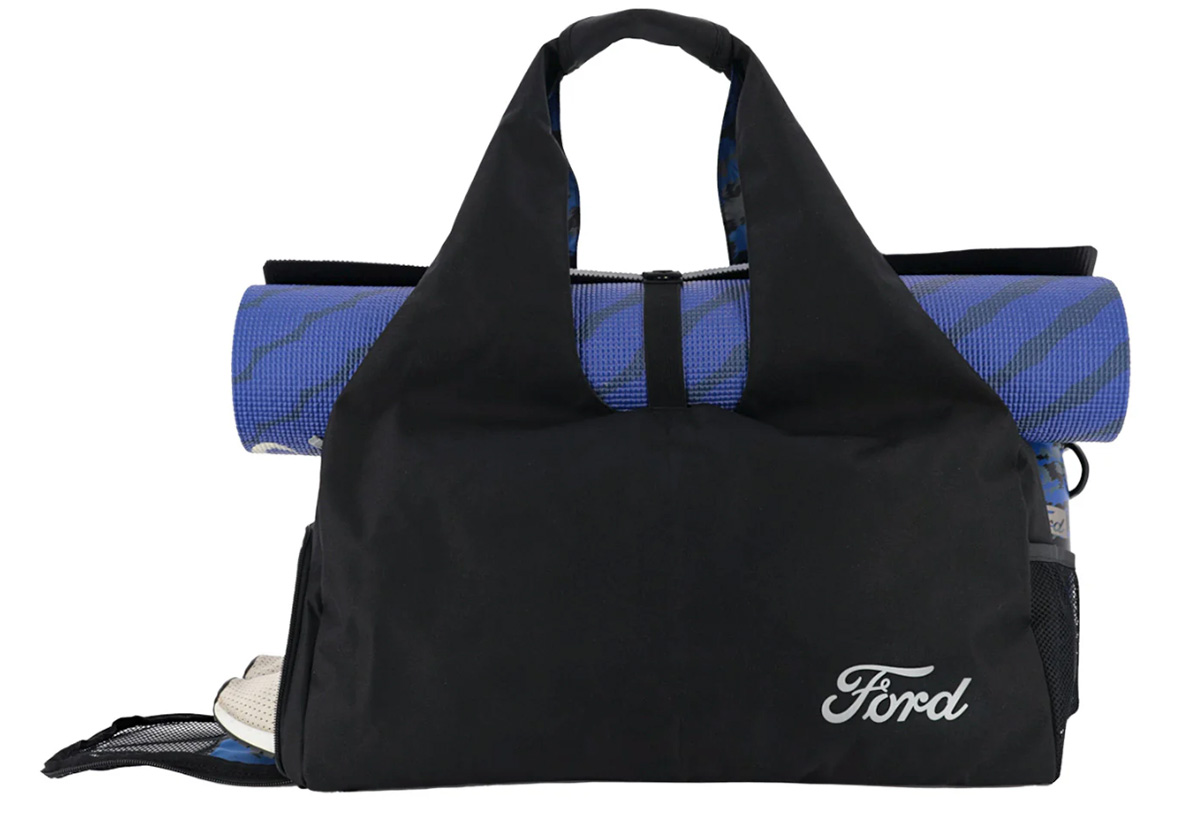
The Ford Yoga Gym Bag ($15) has a wide handle and button strap to securely carry a yoga mat, as well as convenient pockets to stow water bottles and shoes. Made of black polyester, with reflective silver Ford logo. (Yoga mat not included.)
Kia Mini Lamp with Speaker/Sound
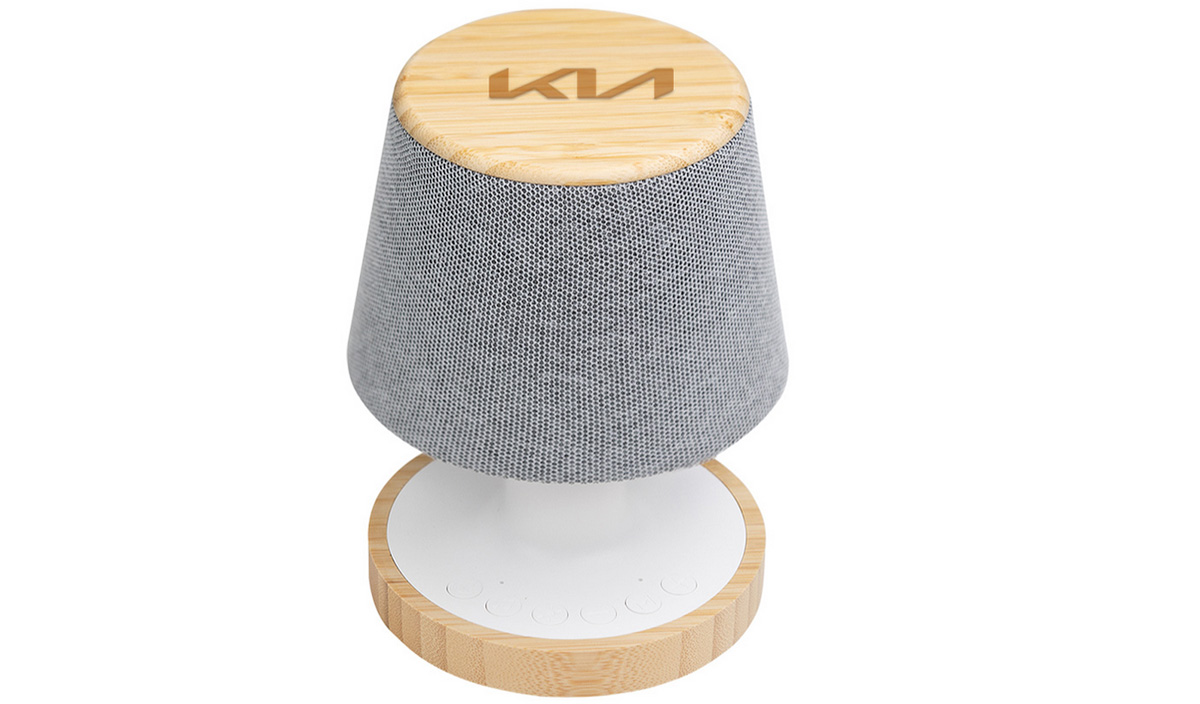
It doesn’t get much more Zen than a Kia Mini Lamp with Speaker and Sound Machine ($50). Made of bamboo, sturdy plastic and a fabric grill, the tiny wireless lamp has LED lighting with three settings. Pair with your phone to choose from eight soothing sounds: brook noise, bird chirp, forest bird, white bird, ocean wave, rainy day, wind and fireside.
Lexus Green Pro Set
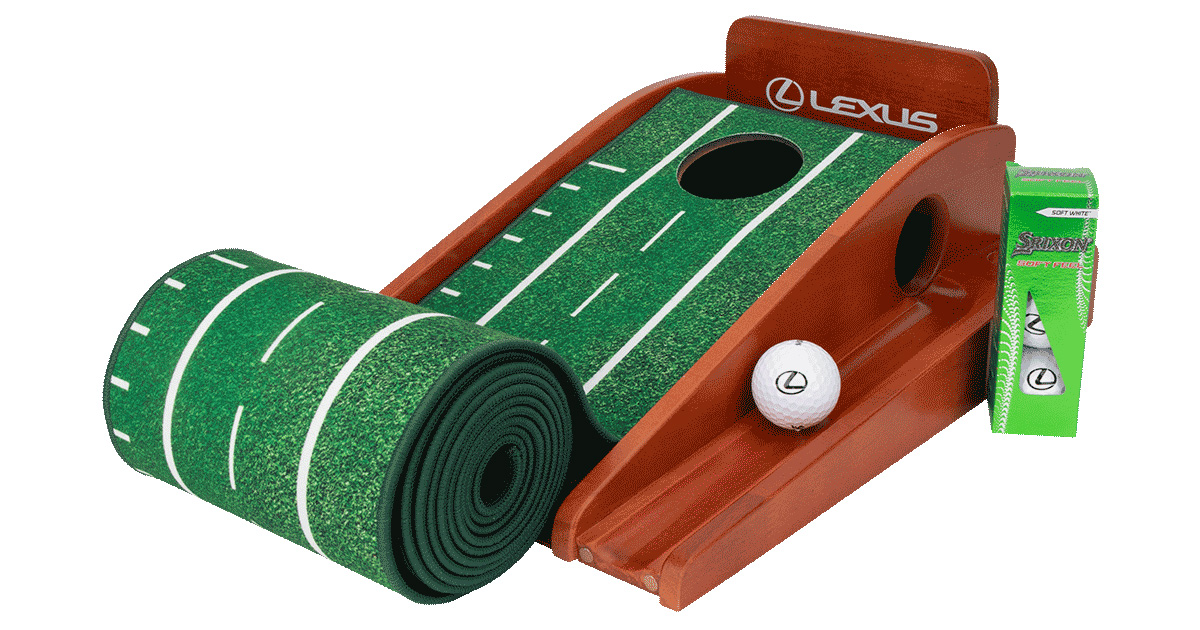
Practice makes perfect with the Lexus Green Pro Set ($257), a putting mat with “train-track markings” to help improve any golfer’s alignment. Lexus logo on the wood frame with automatic ball return.
Lamborghini Wireless Headphones
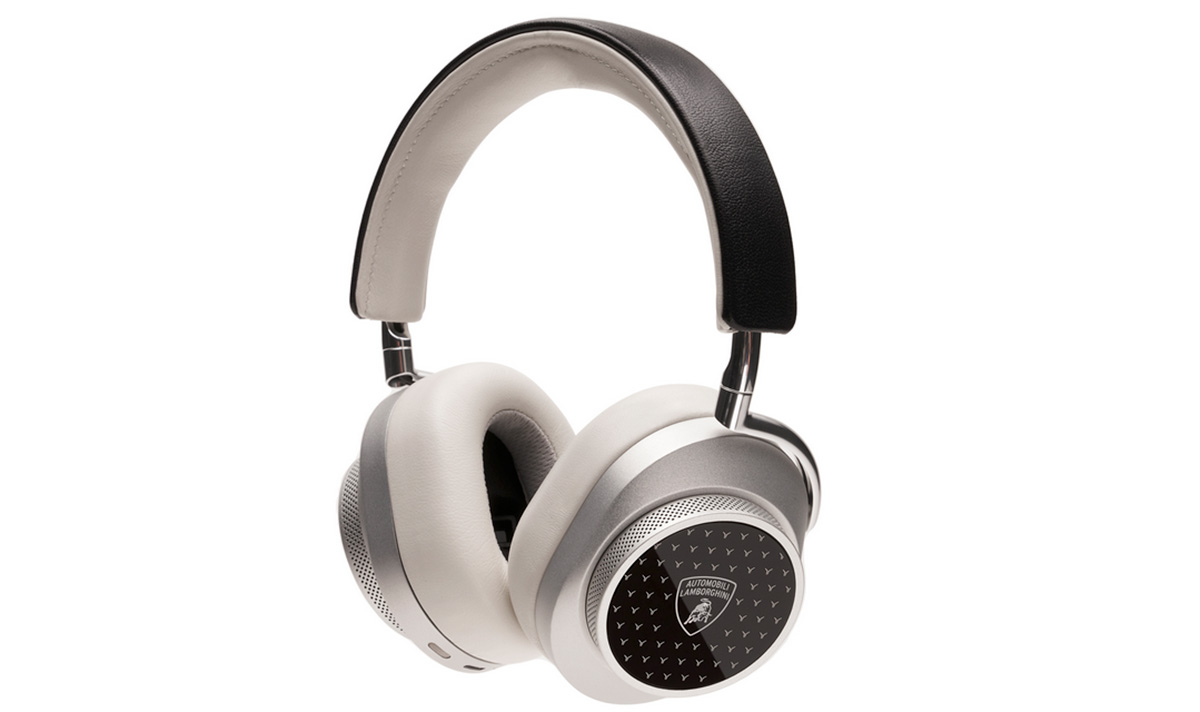
Turn on, tune in, drop out—well, at least at the end of a hectic day—with these Lamborghini Wireless MW75 Headphones by Master & Dynamic ($901). Batteries last up to 32 hours or up to 28 hours in active noise-canceling mode.
BMW Quatro Slim Travel Tumbler

The BMW Quatro Slim Travel Tumbler ($23) lives up to its name: sleek, smooth and scratch-resistant. Comes with leak-proof lid and non-spill design.
Ford Vintage Mustang Ceramic Mug
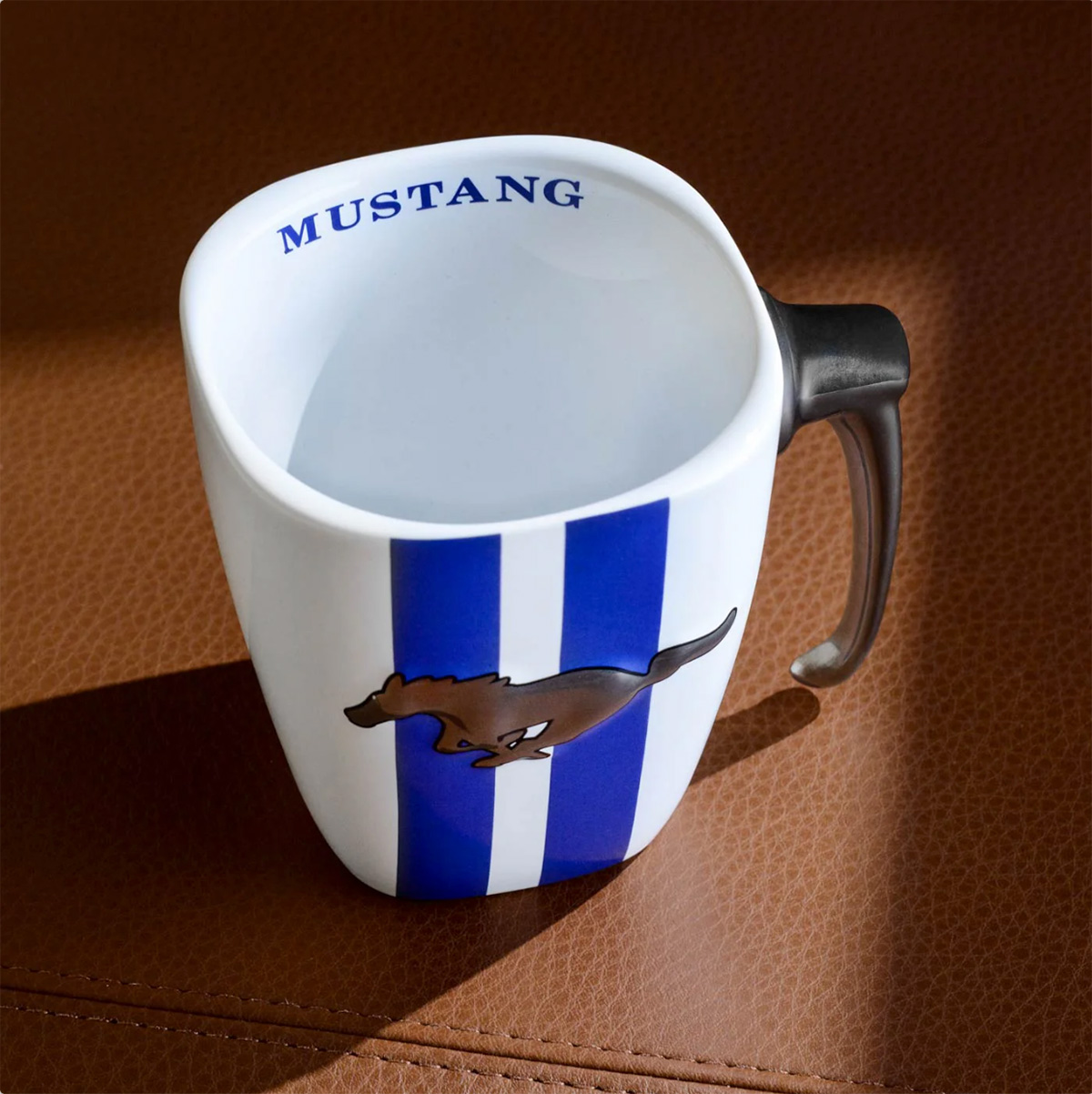
Giddy-up each morning with the Ford Vintage Mustang Ceramic Mug ($29). With cool blue stripes, the 14-ounce mug features a silver handle and iconic pony emblem.
My First Lamborghini by Clementoni
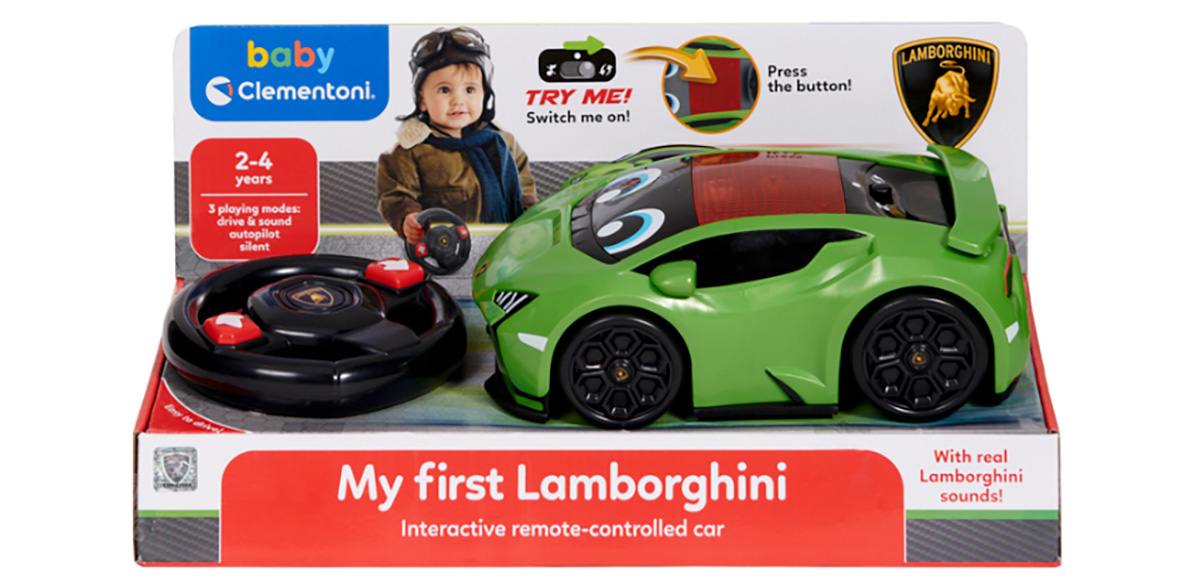
Proving it’s never too early to drive an exotic car, My First Lamborghini by Clementoni ($62) is for children ages two- to four-years old. Kids can activate the remote-control car by pressing the button on the roof or by using the remote. This Lambo certainly is less expensive than an entry-level Huracan, which starts at $250,000.
Rolls-Royce Cameo
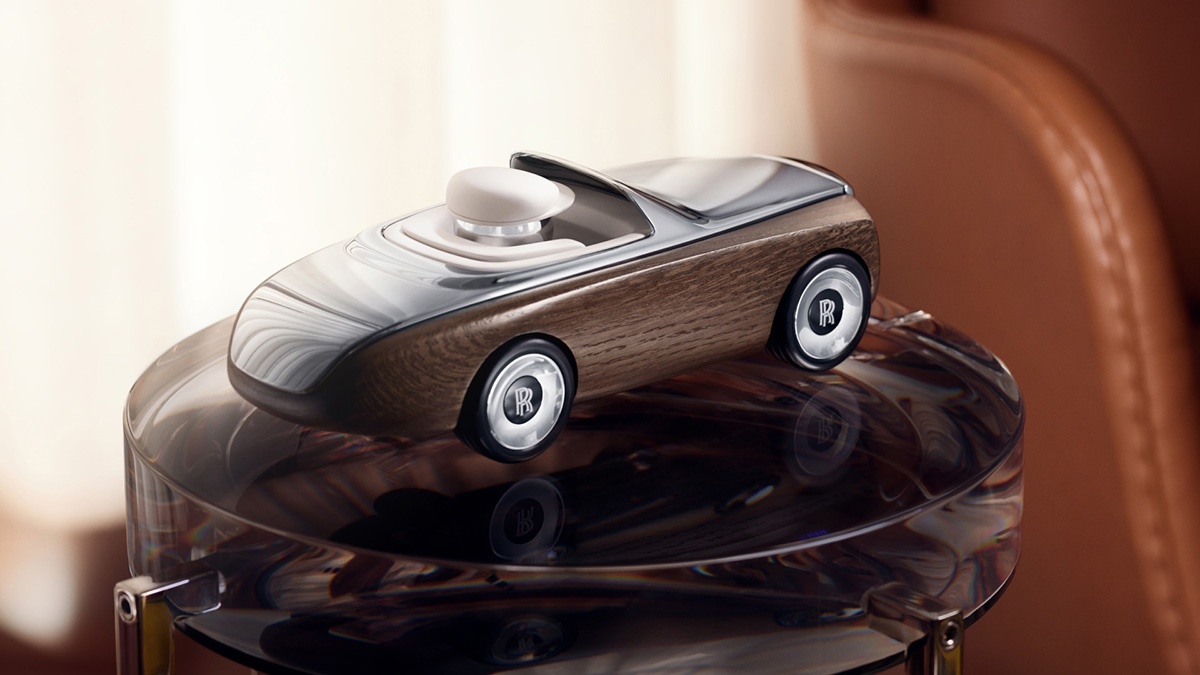
For adults looking for their own pint-sized luxury ride, there’s the Rolls-Royce Cameo ($5,500). Touted as a piece of art rather than a toy, this miniature collectible is made from the same solid oak and polished aluminum used in a real Rolls. As with those cars, this one even has self-leveling wheel-center caps (which operate independently of the hubcaps so that the RR logo is always in the upright position).
Maserati Notebook
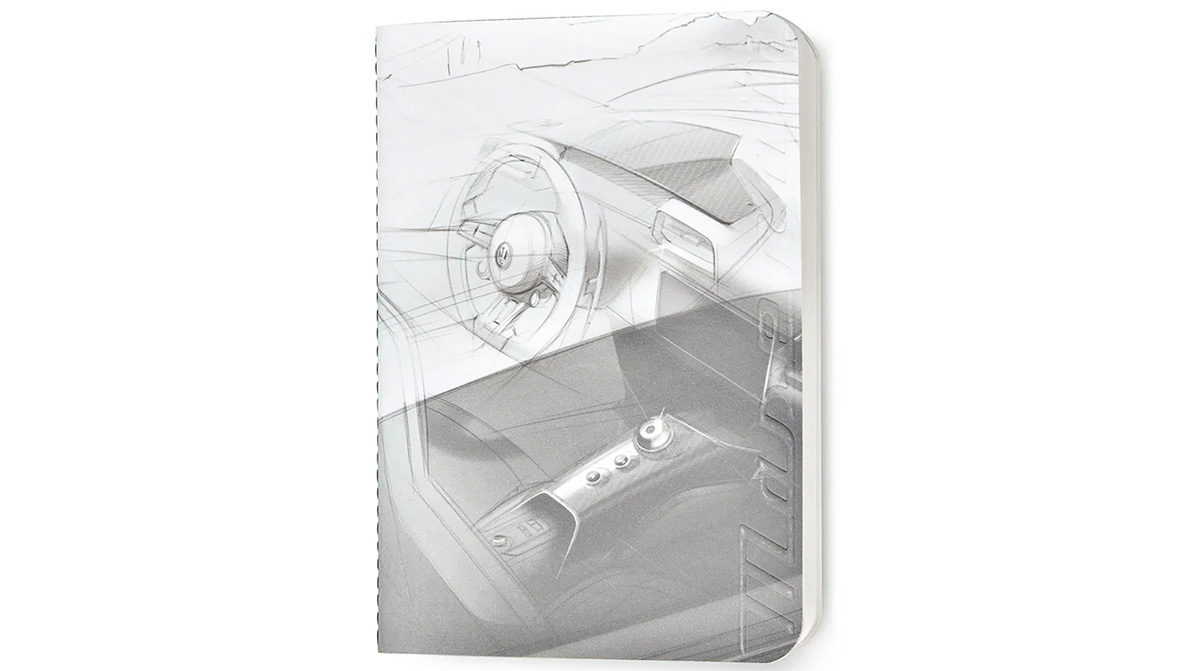
For those of us who still love the art of writing, the Maserati MC20 Sketch Note ($11) is an elegant notebook with 48 sheets of high-quality paper. The front and back covers feature stylish sketches of the interior of a Maserati MC20 supercar and the Maserati logo. Comes with saddle-stitched binding using black thread.
Dodge Demon Dog Collar
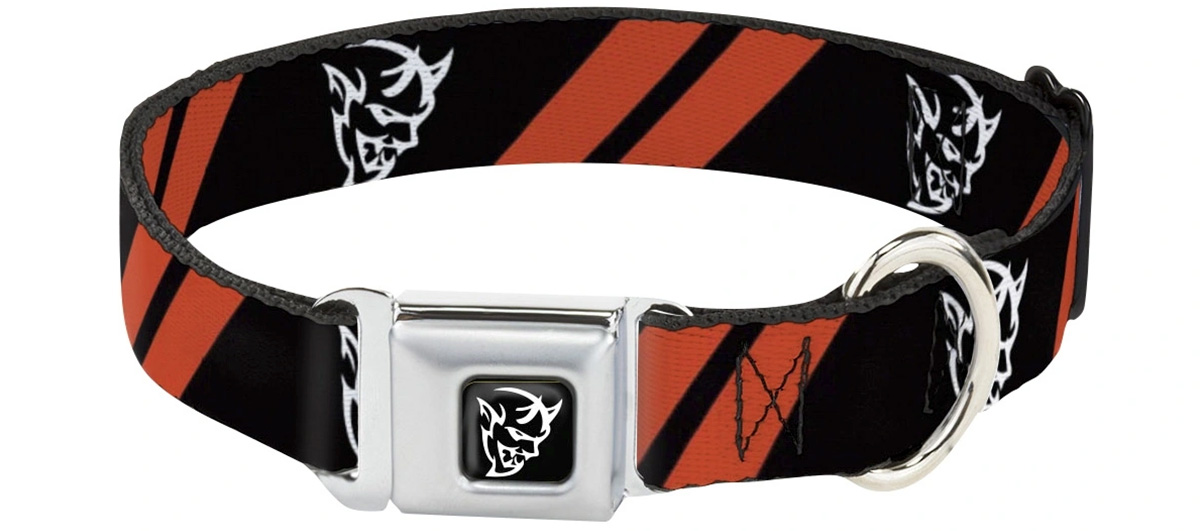
If your pooch is more Fluffy-kins and less the guard dog you sometimes need it to be, then there’s the Dodge Demon Seatbelt Buckle Dog Collar ($30). Made of steel and high-density polyester with a tiny seatbelt-buckle clasp, the collar is emblazoned with devilish Dodge Demon logos.
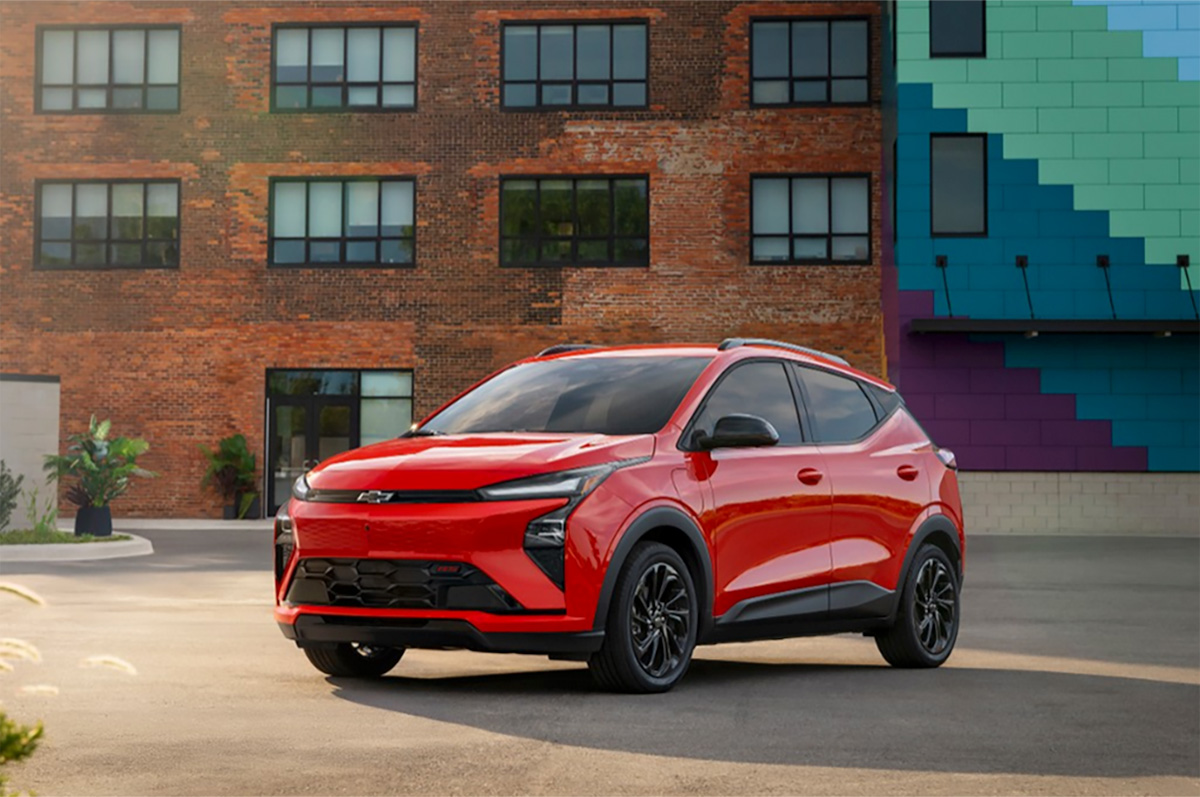
After a brief hiatus that started in late 2023, the Chevy Bolt—once a practical wallflower in the EV world—arrives back in showrooms in early 2026. It’s now sleeker, sassier, and less expensive than ever. And why not? Saving the planet should be affordable — and look good on Instagram.
CHEVY BOLT
$29,000
Range: 255 miles
0 to 60 mph: 7.5 seconds
Cargo space: 16.2 cu. ft.
Pros: Shapelier styling. Faster charging. Wallet-friendly price.
Cons: No speed demon. No AWD option. Modest towing capability.
If the previous Chevy Bolt was like a dependable friend who didn’t exactly turn heads, the new version has had a queer awakening. Still practical? Absolutely. Still efficient? You bet. But the exterior now boasts a sharper, wider stance, with slimmer headlights and punchier details that scream confidence instead of compromise.
Charging speed—which was anemic before—is significantly faster: roughly 100 miles in just 10 minutes at a fast-charging station. If you’re on a longer road trip and need to reach up to 80% battery capacity, it takes just 26 minutes—which is less than half the time of the previous model.
Range sits around 255 miles, so you’ll have no problem making it from your downtown apartment to that weekend cabin getaway—or your ex’s new city, if you’re feeling chaotic.
Regenerative braking is also improved, recapturing more energy for better efficiency and the ability for seamless one-pedal driving. In fact, lift your foot off the pedal and you can now come to a complete stop without touching the brakes.
As for speed, there’s now 210 horsepower—perfect for zipping through traffic (and faster than the Bolt’s archnemesis: the Nissan Leaf).
Overall, the ride is composed and confident—smooth over bumps, whisper-quiet, and surprisingly fun. No, this is not a performance diva, but it’s got lowkey swagger.
Inside, the Bolt is all grown up: cozy, modern and uncluttered, with soft-touch materials and ambient lighting that can match your mood. The cabin feels designed for people who appreciate good design—and good lighting for selfies.
There’s also enough tech to impress gadget-loving friends without being overwhelming. A massive, curved touchscreen runs Google Built-In, so your Maps, Assistant and playlists are always ready to go. Apple CarPlay and Android Auto are still here, and the interface feels logical, polished and just a touch playful.
And the suite of safety features is impressive: automatic braking, lane-keeping assist, blind-spot monitor, 360-degree camera, parking assist—it’s all here. But the crown jewel is Super Cruise, GM’s hands-free driving system that can take over on thousands of miles of highways. Forget route planning or battery-range concerns, this high-tech system does it all for you—including automatic lane changes on compatible roads.
Headroom and legroom are more than decent, especially for front-seat passengers. But for serious shopping mavens, rear cargo capacity is basically average. Luckily, the Bolt’s stowage quickly balloons to three times the size with the rear seats folded. (CityCenter, her I come!)
If the first Bolt seemed like that sweet environmentalist who handed out reusable straws, this one’s their supercharged offspring—still saving the planet, but now with a jawline and a Spotify playlist that slaps. It feels like an EV that makes sustainability something to celebrate, not tolerate.
To me, you could say the Bolt didn’t just come back — it came out, fully charged and ready to shine.













